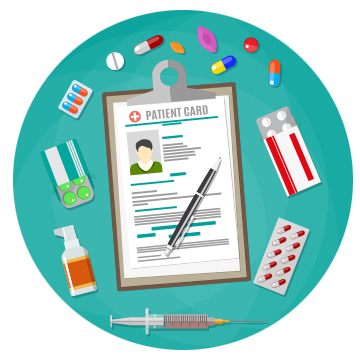Module 2: Basic Pharmacology of Controlled Drugs and Substances
Lesson 1
Opioids – Pharmacokinetics
Absorption of opioids depends upon the route of administration. When taken orally, opioids are absorbed by the gastric and duodenal mucosa before being transported to the liver. First-pass transformation in the liver significantly decreases the amount of active opioid that is ultimately circulated and therefore must be considered when making decisions on dose to prescribe.
Opioids are metabolized in the liver and excreted by the kidneys. Depending upon the specific opioid agent, the resulting metabolites may be active or inactive, which becomes significant when urine drug testing (UDT) is used as a monitoring measure. For example, morphine metabolites are active and can be detected in the urine. Metabolites for hydromorphone and oxycodone are less active, which makes them safer for patients with poor renal function, but more difficult to reliably detect on UDT. In addition, it is important to consider pharmacokinetics of opioids for patients with impaired renal function and avoid morphine, codeine, oxycodone, etc.
